7 Essential Tips for Choosing the Right Pillar Bearing for Your Projects
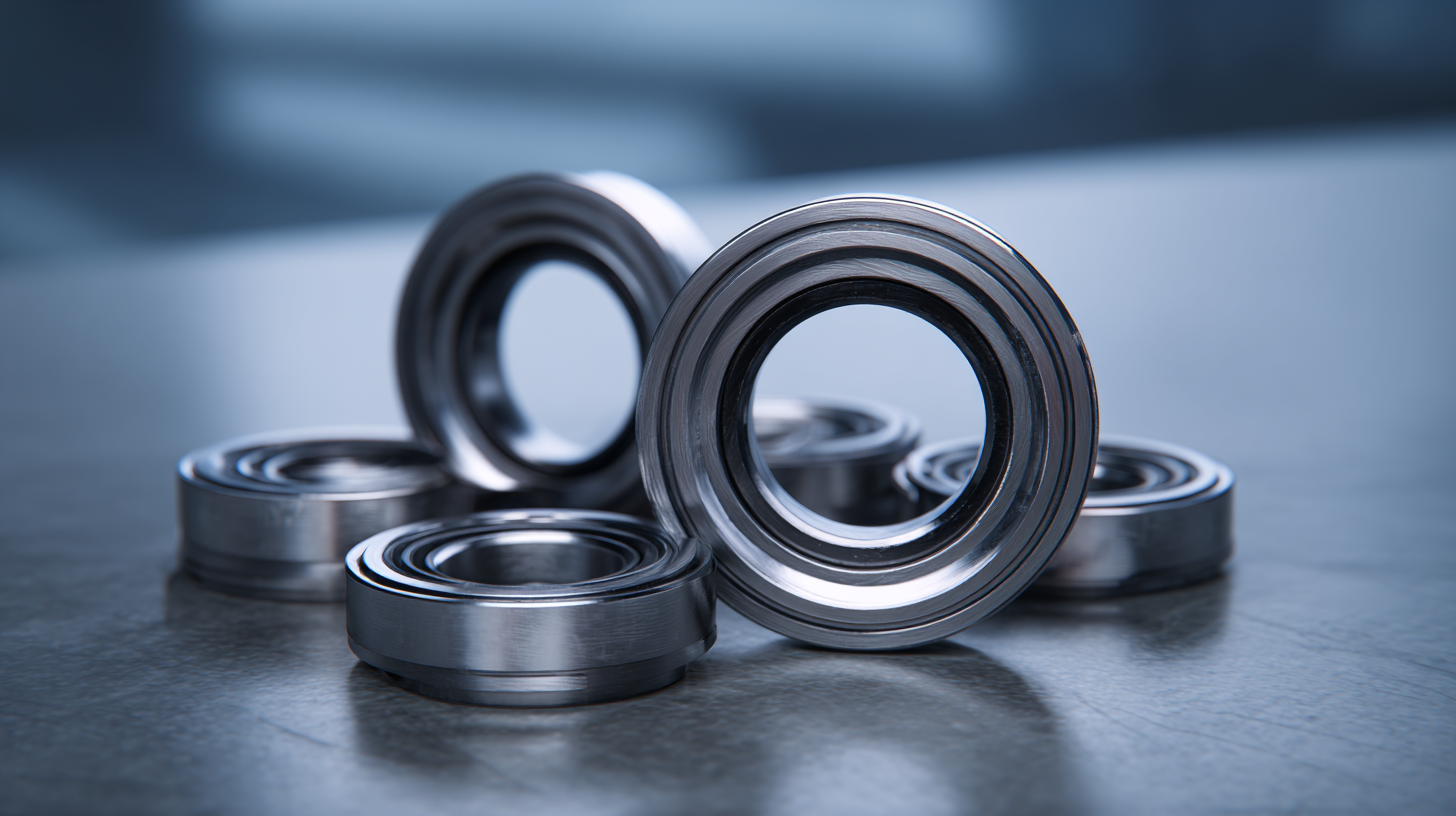 Choosing the right pillar bearing for your projects can significantly impact their overall performance and longevity. A pillar bearing, which supports rotating shafts and manages loads, plays a crucial role in various applications such as machinery, structural frameworks, and even in the construction of modern buildings. Given the wide array of options available, selecting the most suitable pillar bearing requires careful consideration of several critical factors, from material selection to load capacity and environmental conditions.
Choosing the right pillar bearing for your projects can significantly impact their overall performance and longevity. A pillar bearing, which supports rotating shafts and manages loads, plays a crucial role in various applications such as machinery, structural frameworks, and even in the construction of modern buildings. Given the wide array of options available, selecting the most suitable pillar bearing requires careful consideration of several critical factors, from material selection to load capacity and environmental conditions.
In this article, we will delve into seven essential tips that can guide you through the process of selecting the right pillar bearing for your specific needs. Whether you are working on a small project or a large industrial application, understanding the nuances of different pillar bearings will empower you to make informed decisions. By keeping these essential tips in mind, you can ensure that your projects not only meet performance expectations but also stand the test of time, reducing the need for frequent replacements and maintenance. Let's explore these tips to help you make the best choice for durable and efficient pillar bearings.
Understanding the Different Types of Pillar Bearings Available in the Market
When selecting pillar bearings for your projects, it is crucial to understand the various types available in the market. Pillar bearings are predominantly categorized into plain, roller, and ball bearings. According to a 2023 market analysis by Research and Markets, the global bearings market is expected to grow at a CAGR of 5.1% from 2023 to 2028, indicating a rising demand for specialized bearings in various industries. Each type offers unique advantages; for instance, roller bearings are favored for their ability to handle heavy axial loads, while ball bearings provide lower friction and are ideal for high-speed applications.
Furthermore, maintenance requirements and the operating environment should guide your choice. Plain bearings, for instance, are simpler and often used in applications where alignment is not critical, whereas roller and ball bearings necessitate more frequent lubrication and maintenance but can tolerate higher speeds and loads. A report by Grand View Research highlights that the industrial machinery segment accounts for approximately 30% of the global bearing revenue, underlining the importance of selecting the right type to enhance machinery performance and reliability. By comprehensively assessing these factors, you can effectively choose pillar bearings that meet your project needs.
Types of Pillar Bearings and Their Load Capacities
Key Factors to Consider When Selecting Pillar Bearings for Your Application
When selecting pillar bearings for your application, several key factors should be prioritized to ensure optimal performance and longevity. First, consider the load capacity required for your project. Assess the weight and stress that will be applied to the bearings, as different materials and designs can handle varying levels of force. It’s crucial to choose bearings that not only meet but exceed your load requirements to prevent premature wear and potential failure.
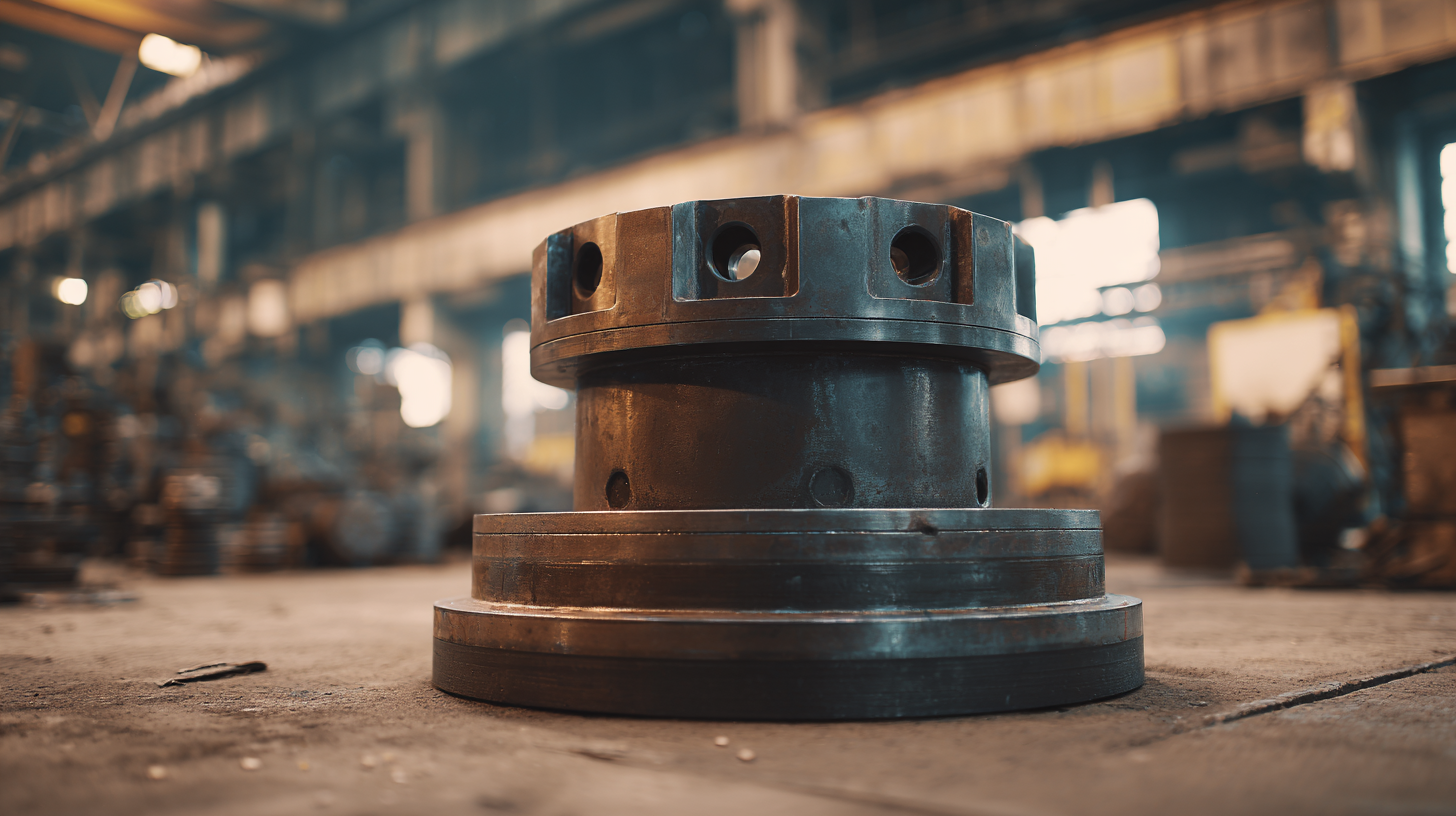
Another important factor is the environmental conditions in which the bearings will operate. Exposure to extreme temperatures, humidity, or corrosive substances can significantly affect bearing performance. For instance, if the bearings will be used in a corrosive environment, opting for materials such as stainless steel or those with protective coatings can enhance durability. Additionally, consider the speed and motion type involved in your application, as these factors can influence the choice of bearing type and design. By carefully evaluating these criteria, you can ensure that you choose the right pillar bearing that aligns perfectly with your project's demands.
How to Evaluate Load Capacity and Performance Specifications Effectively
When selecting the right pillar bearing for your projects, evaluating load capacity and performance specifications is crucial. According to a report by the American Bearing Manufacturers Association (ABMA), bearings suffer the highest failure rates when they are not appropriately sized for their intended load. Thus, understanding the load requirements of your application before making a choice is essential. The load capacity of a bearing is typically categorized into static and dynamic capacities, which can be informed by the specific operational parameters such as vibrations, shock loads, and temperature variations influencing performance.
To effectively evaluate performance specifications, consider the bearing’s material and design. Research indicates that bearings made from high-carbon chromium steel can provide increased durability under high loads, with a lifespan of up to 100,000 hours in optimal conditions. Additionally, consulting the manufacturer’s catalog or utilizing engineering tools that simulate load scenarios can help assess factors such as friction, wear resistance, and thermal performance. These details are vital in ensuring that the selected pillar bearings not only meet current demands but also accommodate future operational changes, thus maximizing both efficiency and longevity in diverse projects.
The Importance of Material Selection in Pillar Bearing Durability
When selecting a pillar bearing for your project, the choice of material is crucial for ensuring durability and performance. According to a market analysis by Research and Markets, the global bearing market is expected to grow significantly, with projections reaching around $100 billion by 2025. This growth emphasizes the importance of not only selecting the right type of bearing but also choosing the optimal materials to withstand the specific operational conditions.
Material selection directly impacts the longevity and reliability of pillar bearings. For instance, steel bearings typically offer high load capacities, while composite materials can provide excellent resistance to corrosion and wear, making them suitable for harsh environments. A study published in the Journal of Materials Engineering revealed that the failure rate of bearings made from low-quality materials could exceed 30% within the first year of operation. By investing in high-quality materials—such as advanced polymers or stainless steel—you can enhance not only the lifespan of the bearing but also the overall efficiency of your machinery, ultimately leading to lower maintenance costs and increased productivity.

Common Installation Mistakes to Avoid for Optimal Pillar Bearing Performance
When installing pillar bearings, avoiding common mistakes can significantly enhance their performance and longevity. One frequent error is improper alignment. Aligning the bearings correctly ensures that they can support loads evenly and reduces wear and tear. Misalignment can lead to premature failure, increasing maintenance costs and downtime. Always use proper tools and check your alignment multiple times during the installation process to prevent this issue.
Another common mistake is inadequate lubrication. Bearings require appropriate lubrication to minimize friction and heat generation. Failing to apply the right type and amount of lubricant can lead to overheating and ultimately, bearing failure. Ensure you consult the manufacturer's guidelines on lubrication and regularly check levels to maintain optimal performance. Additionally, overlooking the importance of the installation environment can hinder performance; ensure the area is clean and free from contaminants that could compromise the bearing’s integrity.
Related Posts
-

7 Essential Tips for Choosing the Best Pillar Bearing for Your Needs
-

How to Choose the Right Pillar Bearing for Your Industrial Needs
-
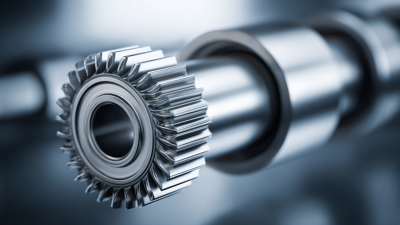
Understanding the Advantages of Needle Bearings for Innovative Engineering Solutions
-
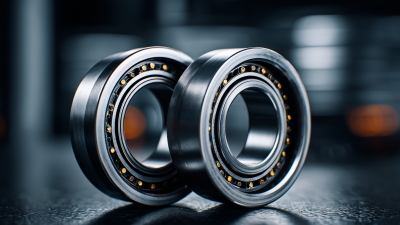
10 Facts About Real Bearing for Optimal Performance in Your Machinery
-
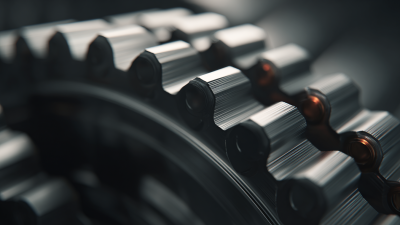
How to Optimize Your Projects with Tape Bearing Solutions
-

The Critical Role of Hub Bearings in Enhancing Vehicle Safety and Performance Vital Statistics You Should Know